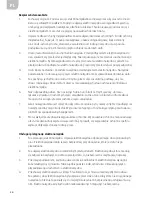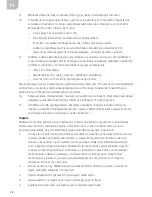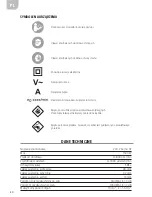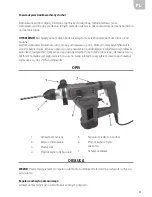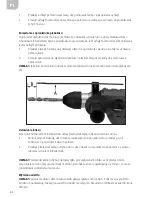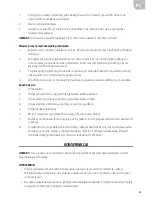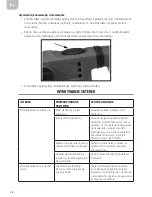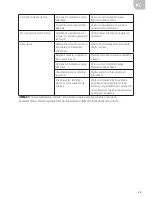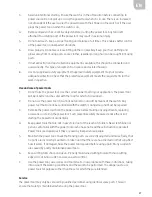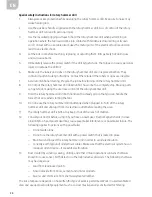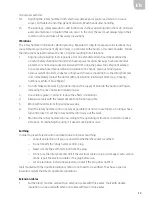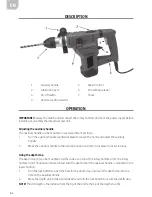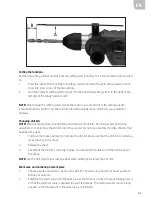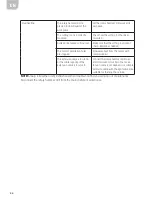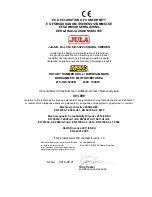
EN
38
Special safety instructions for rotary hammer drill
1.
Always wear ear protection while operating the rotary hammer drill. Exposure to noise may
cause hearing loss.
2.
Use the auxiliary handle supplied with the rotary hammer drill. Loss of control of the rotary
hammer drill can lead to personal injury.
3.
Use the insulated gripping surfaces to hold the rotary hammer drill when performing an
operation where the tool could come into contact with hidden electrical wiring or its own
cord. Contact with a live cable also makes the metal parts of the electrical tool live and can
lead to an electric shock.
4.
Let the bits cool before touching, replacing or adjusting them. Bits get very hot during use
and can cause burns.
5.
Immediately release the power switch if the drill bit gets stuck. The torque can cause personal
injury or damage the drill bit.
6.
Make sure the labels and signs on the rotary hammer drill are in legible condition. They
contain important safety instructions. Contact the retailer if the labels or signs are illegible.
7.
Avoid unintentional starting. Prepare the job before turning on the rotary hammer drill.
8.
Do not put the rotary hammer drill down until it has come to a complete stop. Moving parts
can get stuck, making the user lose control of the rotary hammer drill.
9.
Hold the rotary hammer drill in both hands with a steady grip so that you can handle the
forces that arise when starting the tool.
10.
Do not leave the rotary hammer drill unattended when plugged in. Turn off the rotary
hammer drill and unplug it from its electrical outlet before leaving the area.
11.
The rotary hammer drill is NOT a toy. Keep it out of the reach of children.
12.
Consult your doctor before using it if you have a pacemaker. Electromagnetic fields in close
proximity to a heart pacemaker may cause pacemaker interference or pacemaker failure. The
following applies to persons with a pacemaker:
– Do not work alone.
– Do not use the rotary hammer drill with a power switch that is locked in place.
– Maintain and inspect the rotary hammer drill in order to avoid electrocution.
– Correctly earth (ground) all electrical cables. Make sure that the electrical system has an
residual current device – it prevents electrocution.
13.
Dust created by sanding, sawing, drilling and other similar operations contains chemicals
known to cause cancer, birth defects or other reproductive disorders. The following chemicals
may be dangerous:
– Lead from lead-based paints.
– Silicon dioxide from bricks, cement and similar products.
– Arsenic and chromium from chemically treated lumber.
The risk of exposure depends on how often this type of work is performed. Work in a well-ventilated
area and use approved safety equipment such as a dust mask specially constructed for filtering



